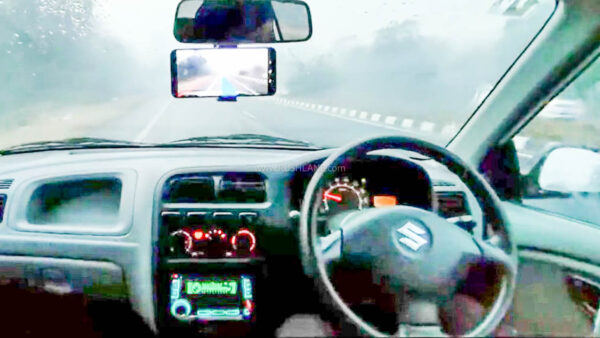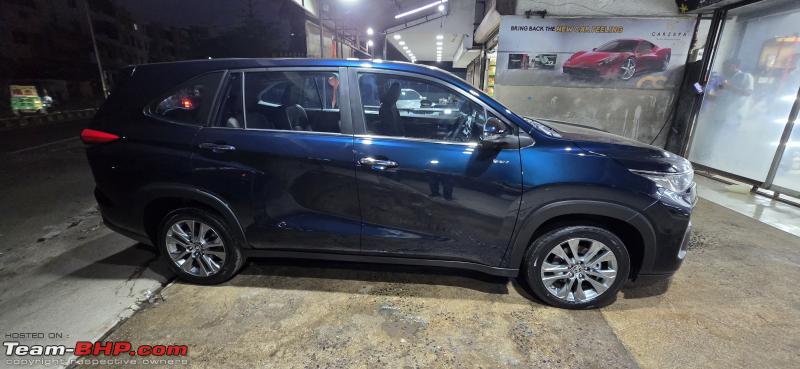
The Redmi Note 9 Pro smartphone’s camera acts as system’s eyes and the algorithm spits out commands to control steering accordingly
What if we told you that autonomous driving is achievable in an entry level car like Maruti Alto with nothing but just a pre-owned Redmi Note 9 Pro smartphone? This seems like a big question mark to all the millions of dollars in R&D that legacy automakers are currently pouring in. However, X user Mankaran has done it and got it working on Indian roads too.
Alto K10 Gets Autonomous Driving
Autonomous driving is one big grey area that needs an infinite amount of research and development to adapt billions of road behaviour combinations. These behavioural combinations are changing and evolving by the day too, making it more treacherous for manufacturers. There are good examples of Level-3+ autonomous driving in existence, but none of them are devoid of criticism.
The technologies required to achieve autonomous driving are an amalgamation of both hardware and software. Both have to work hand-in-hand to get a unified experience that is tailored by the carmaker. The Alto K10 in question belongs to X user Mankaran who is also the founder of FlowDrive, a software variation based on open-source ‘OpenPilot’ self-driving algorithm.
Installed on a Redmi Note 9 Pro budget phone, this FlowDrive software is connected to Alto K10 via car’s OBD port. Alto has electrically assisted steering and the motor is tweaked to behave according to the instructions from FlowDrive and not Maruti’s torque-assist algorithm for just power steering. The cameras on the phone act as eyes for this software. Pedals seem to be controlled by driver as Alto lacks any sort of assisted throttle modulation.
My second hand redmi note 9 pro running flowpilot is driving my alto k10 ?Can it get more desi than this ?#flowpilot #openpilot #ai #robotics #autonomous #cars #Android pic.twitter.com/eQa3zHSbFA
— mansin (@Mankaran32) May 14, 2023
In the video posted by X user Mankaran, we can see Alto K10 steering itself to avoid traffic on a 4-lane highway of some sort. Indian roads are filled with thousands of unpredictable idiocies. Sure, this software didn’t collide with anyone. We can’t gloss over the fact that this stint was extremely dangerous for not only the said Alto K10, but to everyone around.
Also, it is illegal to test prototype technologies on public roads without necessary permission from concerned authorities. The testing was done in rainy and low visibility conditions too with water on the road that could have easily confused puny non-dedicated consumer-grade smartphone camera hardware.
How did Alto drive itself?
The FlowDrive algorithm is based on Comma.ai’s OpenPilot open-source platform which makes use of Comma’s own dedicated hardware on sale in USA. Founder George Francis Hotz had a different approach to autonomous driving. He is primarily known for hacking (not ethical) and security exploits of major corporations.
Under Comma.ai startup, Hotz announced Comma One shippable device running Openpilot self-driving software and could connect to compatible cars via OBD-II port. This was cancelled in USA as it didn’t meet autonomous driving norms set forth by NHTSA. Comma Two and then Comma 3 were successfully launched and were highly regarded by media outlets and placed them above the legacy brand’s offerings.
Indian Government is actively discouraging carmakers about any sort of autonomous driving. Rightfully so. As it would lead to a significant downfall in employment of drivers. Which is not a good idea for a country rich in human resources.






